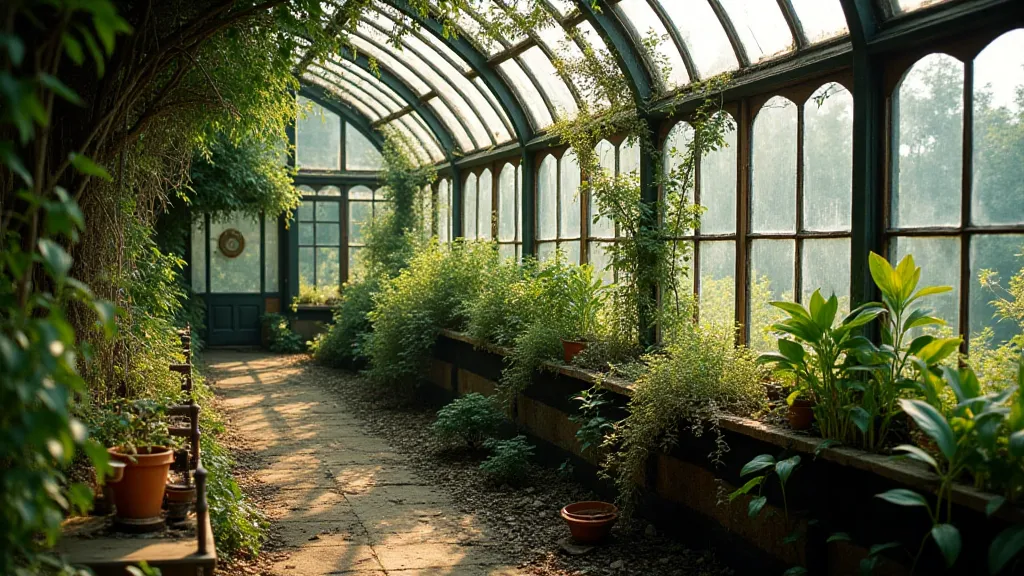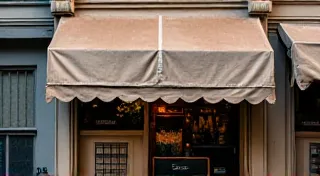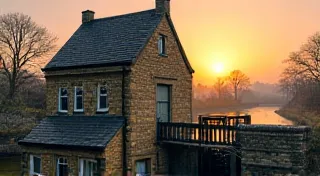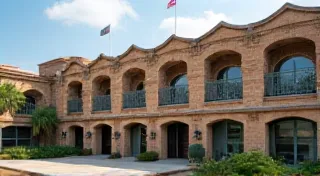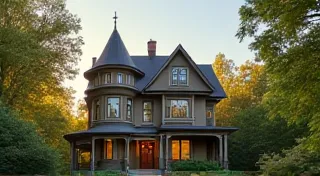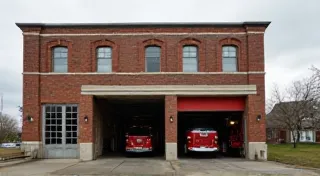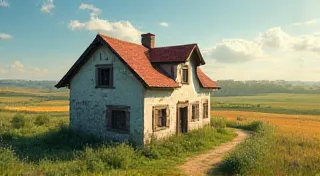The Victorian Greenhouse: A Botanical Oasis
The Victorian era (1837-1901) was a period of immense technological advancement, rapid industrialization, and a burgeoning interest in natural sciences. This fascination manifested beautifully in the proliferation of greenhouses – not just utilitarian structures for cultivating plants, but elaborate architectural statements designed to impress and educate. Our region boasts a particularly stunning example, a testament to this era's passion for botany and its impact on local aesthetics and community life.
A Symbol of Progress and Prosperity
The Victorian Greenhouse wasn't merely a place to grow exotic plants; it was a symbol of prosperity and a demonstration of technological ingenuity. The ability to maintain a controlled environment for delicate flora was a significant achievement. Early examples relied on ingenious methods like heated stones and sophisticated ventilation systems, often utilizing the skills of local craftsmen and engineers. Think of the intricate details involved, comparable to the craftsmanship found in grand estates like The Story of Oakhaven Manor, demonstrating a shared dedication to refined aesthetics and technological innovation. The presence of a Victorian Greenhouse often signaled a family’s wealth and status, allowing them to showcase their botanical collection and horticultural expertise. Often built by wealthy families, they often became central to the community, providing access to rare plants and acting as gathering points for social events. Maintaining such a status symbol required significant investment, mirroring the importance placed on commerce and community hubs like The Merchant's Store, which played a vital role in the local economy. The very act of acquiring the plants themselves demanded a global network of trade and often involved complex logistics – an echo of the pioneering spirit evident in the early settlers of our region, whose resourcefulness and determination shaped the landscape we know today.
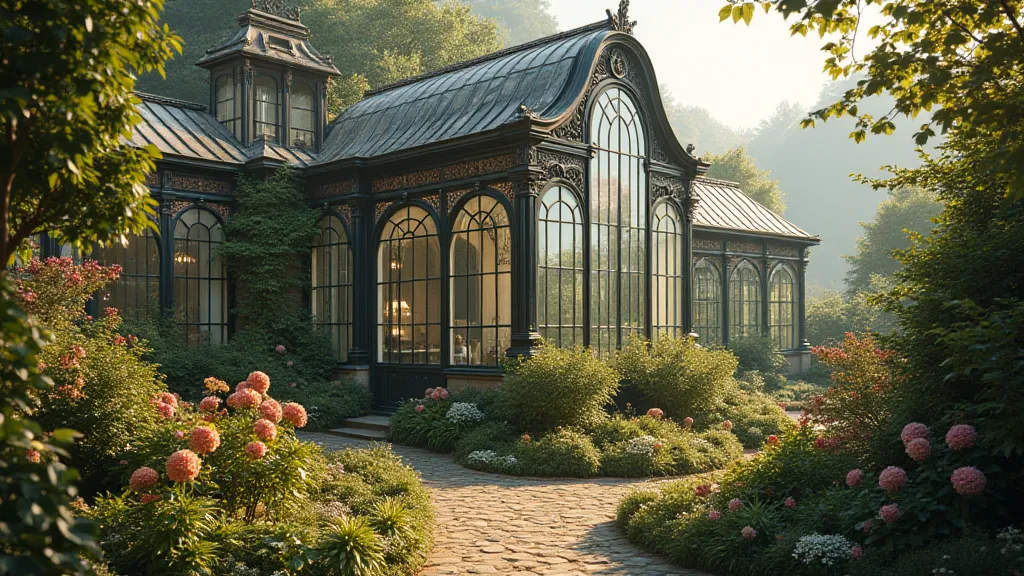
Plants of Paradise
What treasures did these glass palaces house? The plants selected for Victorian greenhouses reflected the era’s global exploration. Orchids, ferns, palms, and tropical fruits were highly prized, representing a connection to distant lands and a desire to bring a slice of the exotic into a northern climate. Many of these plants were entirely new to the region, captivating local residents and sparking a greater appreciation for the diversity of the plant kingdom. The greenhouse wasn’t just about display; it became a laboratory, where Victorian gardeners experimented with different cultivation techniques, pushing the boundaries of horticultural knowledge. Acquiring and maintaining these rare specimens required significant financial resources and logistical expertise, highlighting the era’s dedication to scientific discovery and its connection to global trade networks. The meticulous records kept by Victorian gardeners often documented not only the plants themselves but also the social and economic context in which they were acquired and cultivated, providing invaluable insights into the era’s cultural and economic landscape. This dedication to meticulous record-keeping also resonates with the meticulous documentation found in local historical archives, preserving the stories of individuals and families who contributed to the growth of our community. The greenhouse became more than just a showcase for rare plants; it became a place to connect with the wider world and foster a spirit of innovation and discovery, a feeling remarkably similar to the pioneering spirit found in early settlers.
Architectural Splendor & Local Craftsmanship
Victorian greenhouses were often stunning examples of architectural design. The use of wrought iron, elaborate glass patterns, and decorative features like ornate cresting and glazed panels created structures of remarkable beauty. Local artisans played a vital role in the construction, providing the skilled labor needed to create these complex structures. The use of local materials, such as sandstone or brick for the foundations and supporting walls, further integrated the greenhouse into the surrounding landscape. Careful consideration was also given to the greenhouse’s orientation, maximizing sunlight exposure while minimizing the impact of harsh winds. The design reflected a harmonious blend of practicality and aesthetic appeal. This emphasis on incorporating local materials and traditional building techniques echoes the attention to detail evident in structures representing the very foundation of our community, like The County Courthouse, demonstrating a shared commitment to enduring quality and civic pride. The intricate ironwork, often a signature element of Victorian greenhouses, exemplifies the pride and skill of local blacksmiths, who also contributed to the construction of countless other structures throughout the region. It stands as a testament to the collaborative spirit that shaped our community, where craftspeople and builders worked together to create lasting legacies.
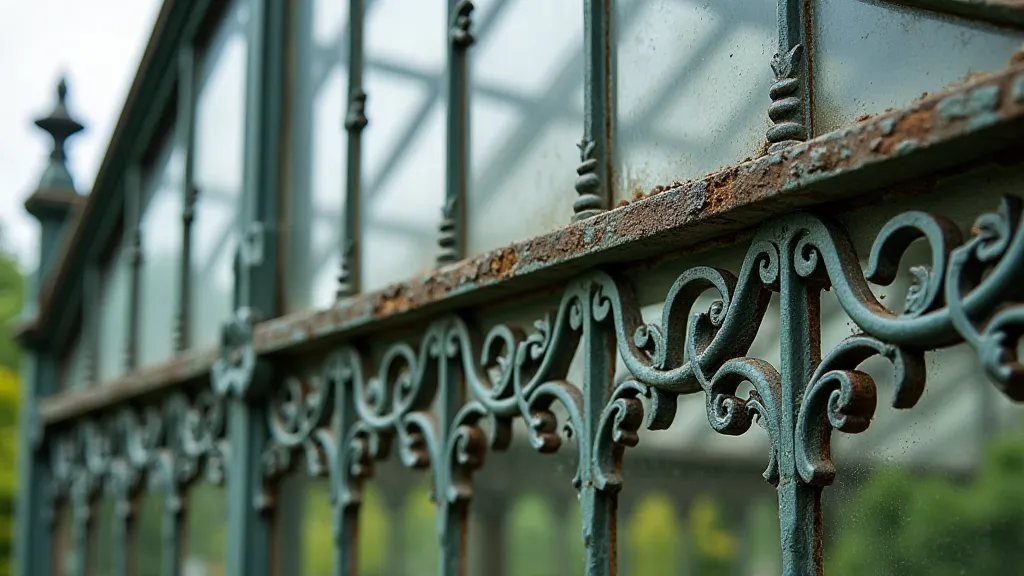
A Community Hub
Beyond its beauty and botanical riches, the Victorian Greenhouse often served as a vital community space. Local families would host garden parties, lectures on botany, and even musical performances within its glass walls. The greenhouse became a focal point for social gatherings and a venue for sharing knowledge and appreciation for the natural world. It served as a place of education and entertainment, fostering a sense of community and shared experience. This function as a gathering place extended beyond recreational activities; it often facilitated important discussions about land ownership, local governance, and the preservation of heritage, mirroring the role of other significant institutions within our community. The legacy of these gatherings and the stories they engendered often found their way into the historical records, providing a rich tapestry of local life. It’s fascinating to consider the complex interplay between the greenhouse’s physical structure and its social significance, a relationship that transcended mere aesthetics and became integral to the fabric of community life. These shared experiences, fueled by curiosity and a love of nature, helped to forge the bonds that continue to unite our community today. The importance of these communal spaces reflects a deep-seated desire for connection and a shared sense of belonging – values that continue to shape our society.
The Economic and Social Impact
The Victorian Greenhouse wasn't just a beautiful structure; it was deeply intertwined with the economic and social fabric of the era. The construction and maintenance of these greenhouses generated employment for local craftspeople, gardeners, and laborers. The plants themselves represented a valuable commodity, traded across continents and contributing to the region's economic prosperity. Furthermore, the greenhouse fostered a culture of intellectual curiosity and scientific exploration. It provided a space for learning and experimentation, inspiring new generations of botanists and horticulturalists. The knowledge gained from these endeavors often found its way into public lectures and publications, enriching the intellectual life of the community. The very act of cultivating rare and exotic plants demonstrated a commitment to innovation and a desire to push the boundaries of what was possible. This dedication to advancement and legacy building resonates with the establishment of vital local institutions and reflects a broader societal commitment to progress and opportunity. Considering the impact on the local economy, the establishment and upkeep of these elaborate structures parallels the growth of other pivotal businesses in the region, contributing to the overall prosperity and development of our community. The ripple effect of these horticultural endeavors extended far beyond the immediate gardeners and craftspeople involved, enriching the lives of countless others.
The Landscape of Loss and Remembrance
Sadly, like many vestiges of a bygone era, many Victorian Greenhouses succumbed to the relentless march of time and changing societal priorities. The escalating costs of upkeep, coupled with evolving architectural tastes and economic pressures, led to the gradual decline and eventual demolition of many of these beautiful structures. While the physical remnants of these greenhouses may have disappeared, their legacy endures in the historical records, photographs, and memories of those who experienced their splendor. The stories of these lost greenhouses serve as a poignant reminder of the fleeting nature of material wealth and the importance of preserving our cultural heritage. As our community continues to evolve, it is vital that we learn from the past and strive to protect the landmarks that shape our identity. Like the lives and legacies of those who came before us, often laid to rest within our community, the fading presence of these structures underscores the enduring cycle of life, loss, and remembrance. The poignant stories of these vanished structures are often interwoven with the tales of the families who built and cherished them, creating a rich tapestry of local history, much like those preserved within The Pioneer Cemetery. Their absence serves as a powerful reminder of the importance of remembering and honoring the generations who came before us.
Decline and Preservation
As times changed and tastes evolved, many Victorian Greenhouses fell into disrepair. The cost of maintaining such elaborate structures became prohibitive, and changing architectural styles diminished their appeal. However, in recent years, there has been a renewed appreciation for these historical landmarks. Restoration efforts are underway to preserve these beautiful structures and celebrate their significance to our region’s heritage. The Victorian Greenhouse stands as a reminder of a bygone era – a time when beauty, science, and community converged in a spectacular display of botanical architecture. These restoration projects often require a delicate balance between preserving the original structure and adapting it to contemporary needs, ensuring that it remains a vital part of the community for generations to come. The challenge lies in finding a way to honor the past while embracing the future, creating a space that is both historically significant and functionally relevant. The dedication and expertise required for these undertakings echo the commitment to preserving other important aspects of our local heritage, ensuring that future generations can appreciate the richness and complexity of our community's history.
